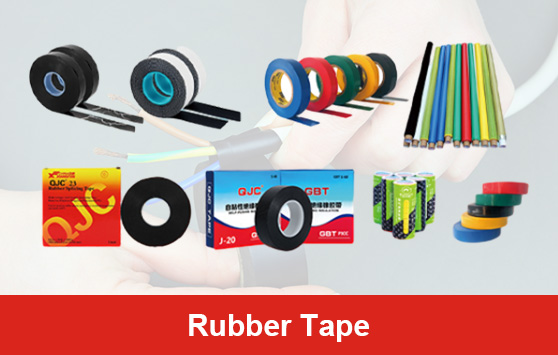Self-Adhesive Rubber Insulation An Overview
In the realm of construction and industrial applications, effective insulation plays a crucial role in enhancing energy efficiency, maintaining temperature control, and reducing noise. One particularly versatile and efficient solution is self-adhesive rubber insulation. This material has gained popularity in various sectors due to its unique properties and ease of use.
What is Self-Adhesive Rubber Insulation?
Self-adhesive rubber insulation is a type of thermal insulation made from synthetic rubber, often referred to as elastomeric foam. It is designed with a self-adhesive backing, which allows for easy installation without the need for additional adhesives or mechanical fasteners. This insulation is typically used in HVAC (Heating, Ventilation, and Air Conditioning) systems, refrigeration, plumbing, and even in automotive applications.
Benefits of Self-Adhesive Rubber Insulation
1. Ease of Installation One of the most significant advantages of self-adhesive rubber insulation is its straightforward installation process. The adhesive backing allows for quick application directly onto pipes, ducts, or any other surfaces requiring insulation. This feature not only saves time during installation but also reduces labor costs.
2. Superior Thermal Performance Self-adhesive rubber insulation displays excellent thermal resistance properties. It minimizes heat loss or gain in HVAC systems, ensuring energy efficiency and reducing overall energy costs. The closed-cell structure of the rubber material further enhances its thermal performance by reducing the possibility of condensation, which can lead to mold growth and other moisture-related issues.
3. Sound Dampening Properties In addition to thermal insulation, rubber insulation serves as an effective sound barrier. It can dampen sound transmission, making it ideal for use in locations where noise control is a priority, such as in residential buildings, entertainment venues, and commercial spaces.
self adhesive rubber insulation

4. Durability and Longevity Rubber insulation is known for its resilience and durability, making it suitable for demanding environments. It can withstand extreme temperatures, harsh chemicals, and mechanical wear, ensuring a long lifespan and consistent performance over time.
5. Environmentally Friendly Options Many self-adhesive rubber insulations are now designed to be environmentally friendly. They are free from harmful substances such as CFCs and HCFCs, making them a safer choice for both humans and the environment.
Applications of Self-Adhesive Rubber Insulation
Self-adhesive rubber insulation is utilized in a wide range of applications, including
- HVAC Systems Insulating ductwork and piping to improve energy efficiency. - Plumbing Preventing condensation on cold water pipes, thus reducing water damage and improving indoor air quality. - Refrigeration Units Maintaining temperature control in refrigerators and freezers. - Automotive Industry Reducing engine noise and enhancing thermal management in vehicles.
Conclusion
Self-adhesive rubber insulation offers a multitude of benefits that contribute to improved energy efficiency, superior thermal performance, and effective noise reduction in various applications. Its user-friendly installation process, combined with durability and environmental friendliness, makes it a preferred choice for contractors and engineers alike. As industries continue to embrace sustainable practices and prioritize energy conservation, the demand for innovative insulation solutions like self-adhesive rubber insulation is likely to grow, paving the way for more efficient and environmentally-conscious applications in the future.
-
XIANGFAN Rubber Tape-Ultimate Solutions for All Your Insulation NeedsNewsJun.24,2025
-
XIANGFAN Rubber Tape-Protection for Industrial and Residential ApplicationsNewsJun.24,2025
-
XIANGFAN Rubber Tape: Superior Safety and Sealing for Demanding EnvironmentsNewsJun.24,2025
-
XIANGFAN Rubber Tape: Reliable Solutions for Every Electrical ChallengeNewsJun.24,2025
-
XIANGFAN Electrical & Industrial Tape: Powering Reliability Across IndustriesNewsJun.24,2025
-
XIANGFAN Electrical & Industrial Tape: Excellence in Every ApplicationNewsJun.24,2025
